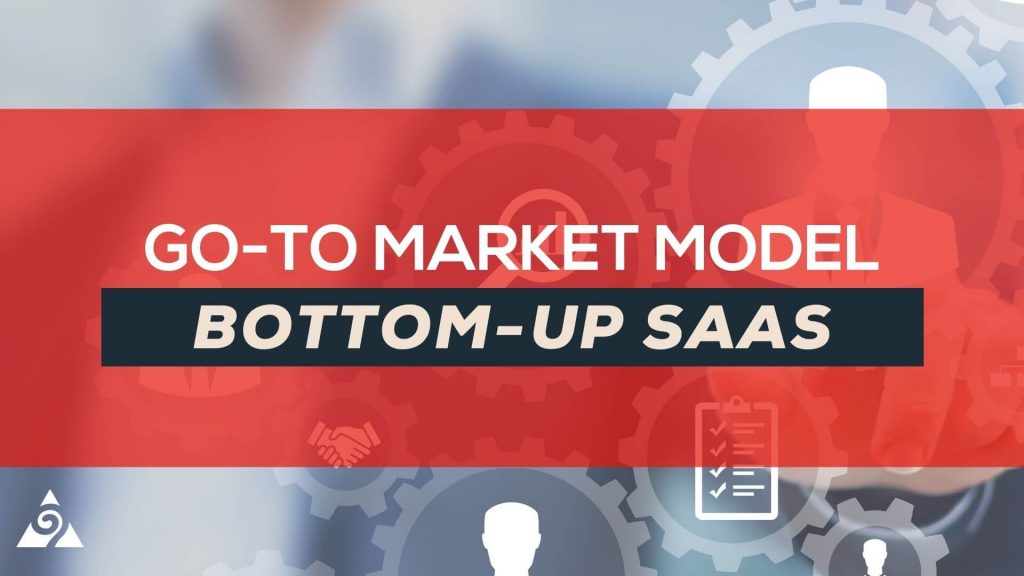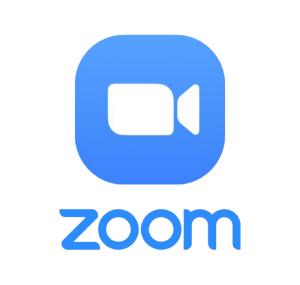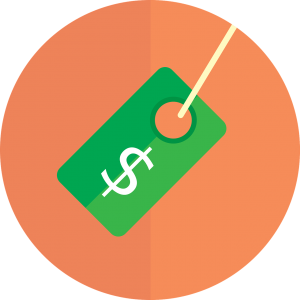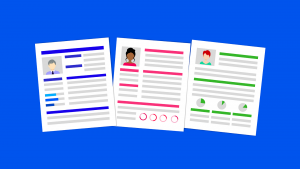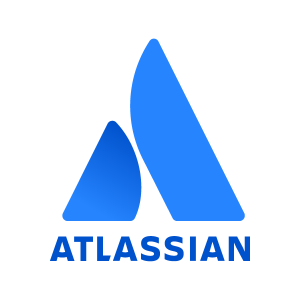In this post you’ll learn why the bottom up SaaS go-to-market model is being adopted by more and more SaaS companies. Historically, software was sold using a top down go-to-market model. Very experienced sales teams, with significant incentive structures, were out trying to land huge enterprise deals, selling to the C-suite.
However, now more than ever SaaS companies are looking to:
- spend dramatically less on sales & decouple revenue from sales headcount.
- achieve a precise understanding of their CAC (customer acquisition cost) and LTV (customer lifetime value).
- scale in a way that sustained growth becomes predictable and repeatable.
SaaS leaders understand that companies who are able to achieve these three things tend to be more profitable in the long run, which in turn allows them to command premium valuations.
- Understanding the Bottom Up Model
- Bottom Up SaaS Companies
- Is Bottom Up Right for You?
- Go to Market Strategy B2B SaaS
- Implementing the Bottom Up Model
- Bottom Up SaaS Metrics
- Take the Leap into Bottom Up Sales
Are you a SaaS CEO or start up entrepreneur? You will want to read this list of the best books for SaaS founders to take your expertise and innovation to the next level.
Understanding the Bottom Up Model
It’s easiest to understand the bottom up SaaS model by contrasting it with the more traditional top down model. Top down selling targets company executives for large contracts with the entire company. Like with all top down approaches to business, decisions come from upper management and then get funneled down to the rest of the employees.
Bottom up is essentially the opposite of top down. In bottom up selling, the target is individual users which means smaller contracts with more predictable revenue.
Top Down VS Bottom Up Sales
So, which is better – top down or bottom up approach? There are advantages and disadvantages of both which is why we created a whole other post on this topic. In it, we cover top down vs bottom up marketing, sales, and management. You’ll also learn why many companies are using a countercurrent model which combines top down and bottom up in unique ways to meet their needs.
Bottom Up SaaS Companies
Some examples of prominent companies using the bottom up go to market strategy for their SaaS solutions include:
- Zoom
- Atlassian
- Zendesk
- Dropbox
- Slack
Many of these companies relied solely on bottom up sales in the early days of their development. While companies like Zoom and Dropbox now have dedicated sales teams as well, they still utilize the bottom up model.
Zoom’s Go to Market Approach
Zoom started as a small SaaS start up in 2011. Rather than focusing on top down selling, they focused on creating a great product that customers wanted. And of course, we all know they succeeded. Even before the increase of work-from-home options in 2020, Zoom was valued at more than $17 billion.
Zoom’s SaaS go to market strategy includes a popular freemium model that allows users to host 40-minute video calls without giving out their credit card information. Zoom also uses a bottom up marketing strategy with paid Facebook ads being their largest source for new users in 2019.
Is Bottom up Right for you?
Here are four questions to consider when asking yourself if a bottom up SaaS go to market model is right for your company:
- Can a prospective user easily try your product?
- Are low-level workers making important company decisions?
- Can teams and/or individuals get value from the product without needing full company-wide rollout?
- Can you collect and house data without triggering any compliance issues?
If you answered “yes” to all four questions, then the bottom up model may be a good fit for your SaaS company!
For more personalized support with bottom up sales adoption, contact our experienced SaaS digital marketing team. Whether you are a start up wanting to focus solely on bottom up sales or an established top down company wanting to layer in bottom up sales, our Augurs can help you maximize your revenue and predictable growth.
Go to Market Strategy B2B SaaS
Major players in the bottom up market such as Zoom and Dropbox focus on both B2B (business-to-business) and B2C (business-to-consumer) sales.
Now, let’s look at why bottom up approach is better than top down for B2B SaaS solutions.
According to a report from Symantec, in 2017, organizations were using 928 cloud apps on average. However, their Chief Information Officers (CIOs) reported that their organizations were using only 30 to 40 apps on average.
This shows that there is a huge disconnect between executives’ perceptions of their employees and the actual behaviors and values of their employees. The bottom up model helps to alleviate that discrepancy by selling SaaS solutions directly to the people who want to use them.
Less overhead costs
With effective bottom up selling, most sales are automated. This means that customers purchase your product without ever speaking to a salesperson. Obviously, this means you can significantly downsize your sales teams. Often, with the bottom up approach, marketing, sales, and customer service teams integrate into one department. There may still be some delineation, but they work closely together.
Predictable Growth
Still deciding whether to choose top down or bottom up sales? While top down deals may be larger, the bottom up revenue model has more predictable growth. This is partially due to the precision of the bottom up pricing approach. In this approach, price is set based on expenses plus profit margin. This is in contrast to top down pricing which is based on the current market and estimates of how much customers will pay. These estimations, along with focusing on large contracts, often mean less stable revenue from the top down model.
Implementing the bottom up Model
While the importance of the bottom up approach for SaaS sales is clear, effectively adopting this approach can come with challenges.
Make sure a user can try your product with as little friction as possible:
- Easy to get started
- Inexpensive
- No involvement from IT or legal
- Users can see the benefits right away
- It has value to them individually
Once you’ve done these things, then you must ensure these early adopters have a great experience. This will lead them to share your solution with coworkers and management – helping you push adoption within the organization and gain larger contracts and revenue streams.
Understanding the Customer
In order to successfully implement a bottom up go to market strategy for SaaS products, a company must have an excellent understanding of its customers and how they are using its software solution. Understanding customer and the customer journey is one of the key SaaS marketing strategies to amplify growth.
Content Marketing
Another key to successful bottom up SaaS is content marketing. In fact, quality content may be the number one most overlooked marketing tactic. For the bottom up approach,
marketing requires building credibility online, so when individuals come across your product, there is already some level of trust established. To learn specific content marketing strategies, check out our 2021 SaaS marketing tips.
Bottom Up SaaS Metrics
The bottom up SaaS sales model requires a different set of metrics from top down selling. Specifically, companies should focus on:
Case Study: Atlasssian
Atlasssian is a great example of how to leverage data in the bottom up SaaS model to maximize growth and revenue. Instead of focusing on sales and marketing, Atlasssian focused on research and development in order to create high-value solutions that consumers actually want to use. This lowered their CAC and increased their LVT which in turn increased their MRR and ARR. From 2015-2017, Atlasssian had 200% growth in their ARR thanks to the bottom up model!
Take the Leap into Bottom Up Sales
The bottom up SaaS go to market model is what we’re seeing work. We believe that companies who fit the criteria outlined above should consider adopting it as a way to drive sustainable, repeatable growth.
Interested in having a conversation about how to get your SaaS company sustainable and repeatable growth? Contact us.
For more cutting-edge content about the SaaS market, subscribe to our exclusive SaaS newsletter.
